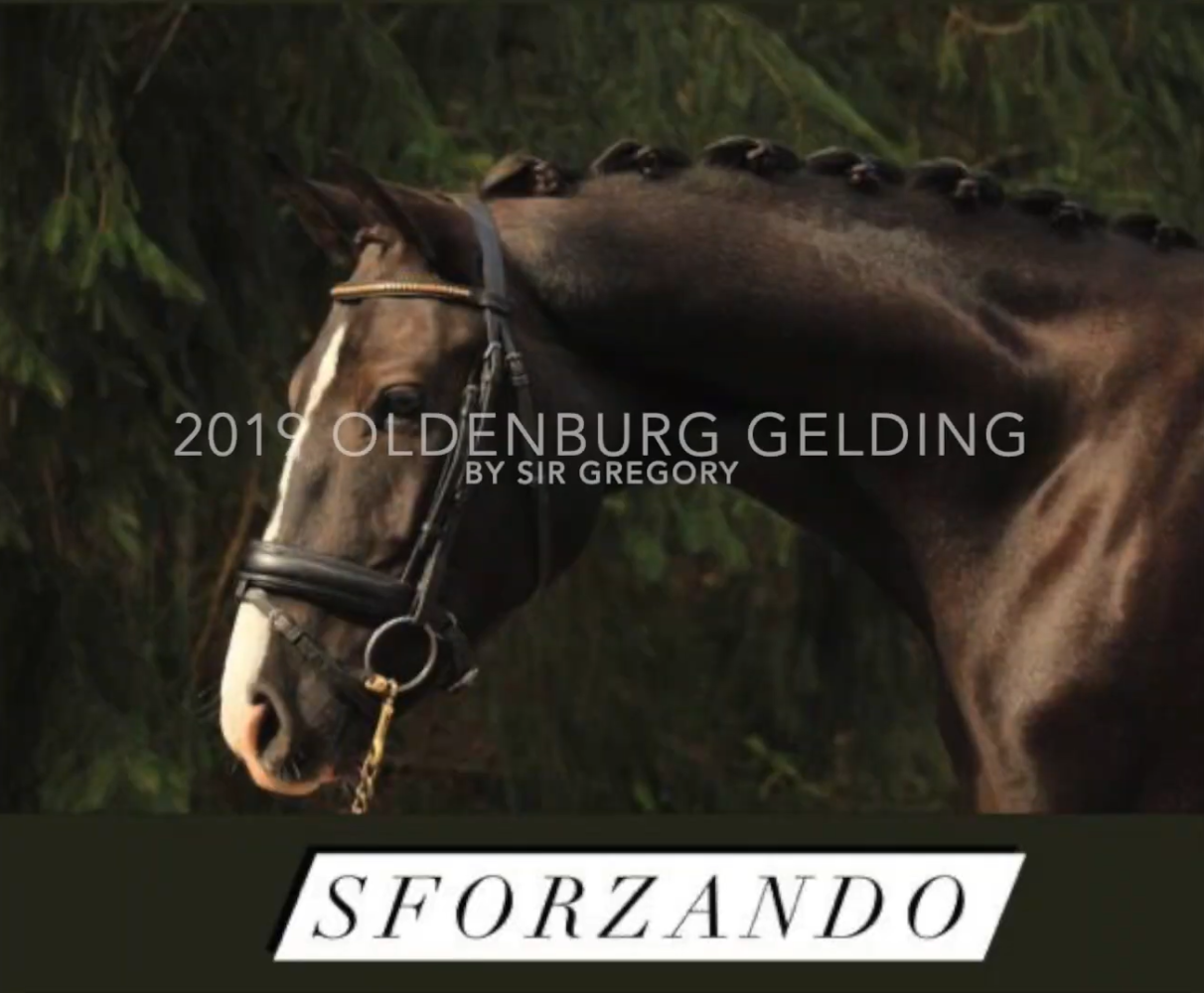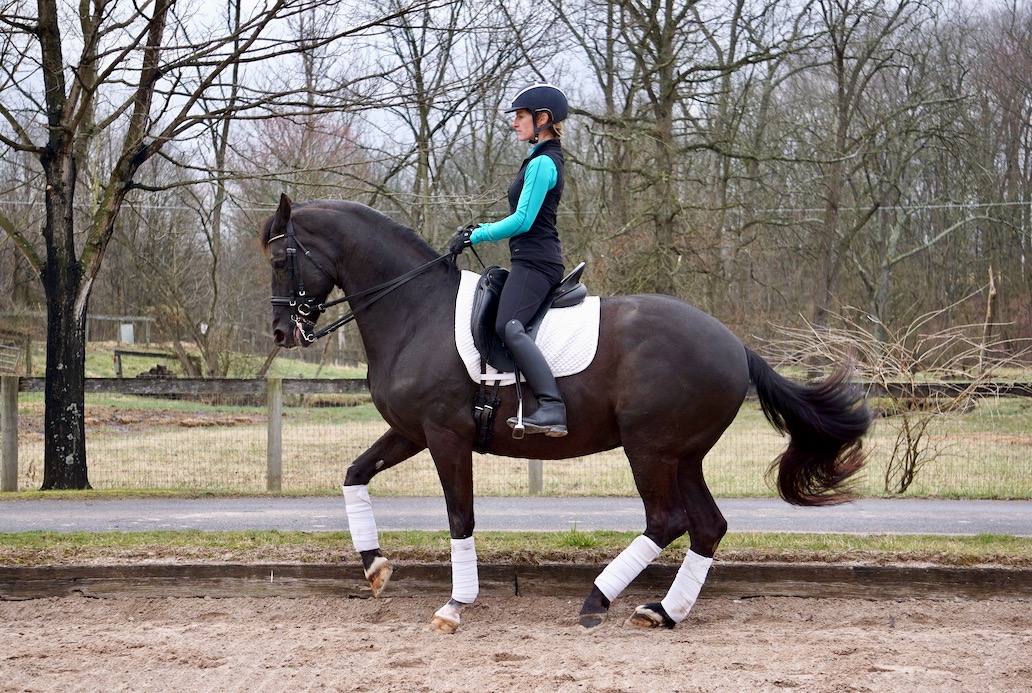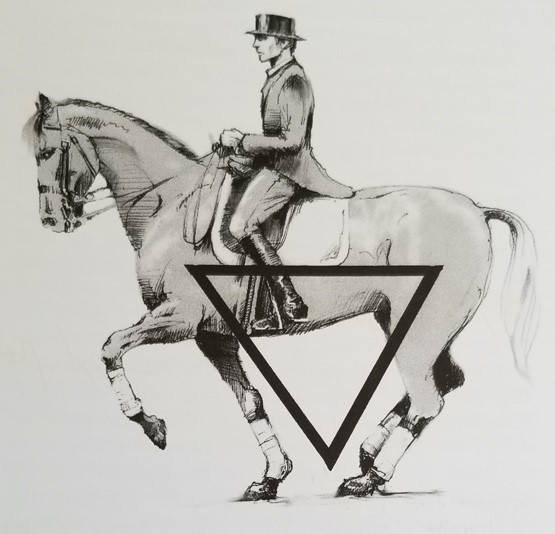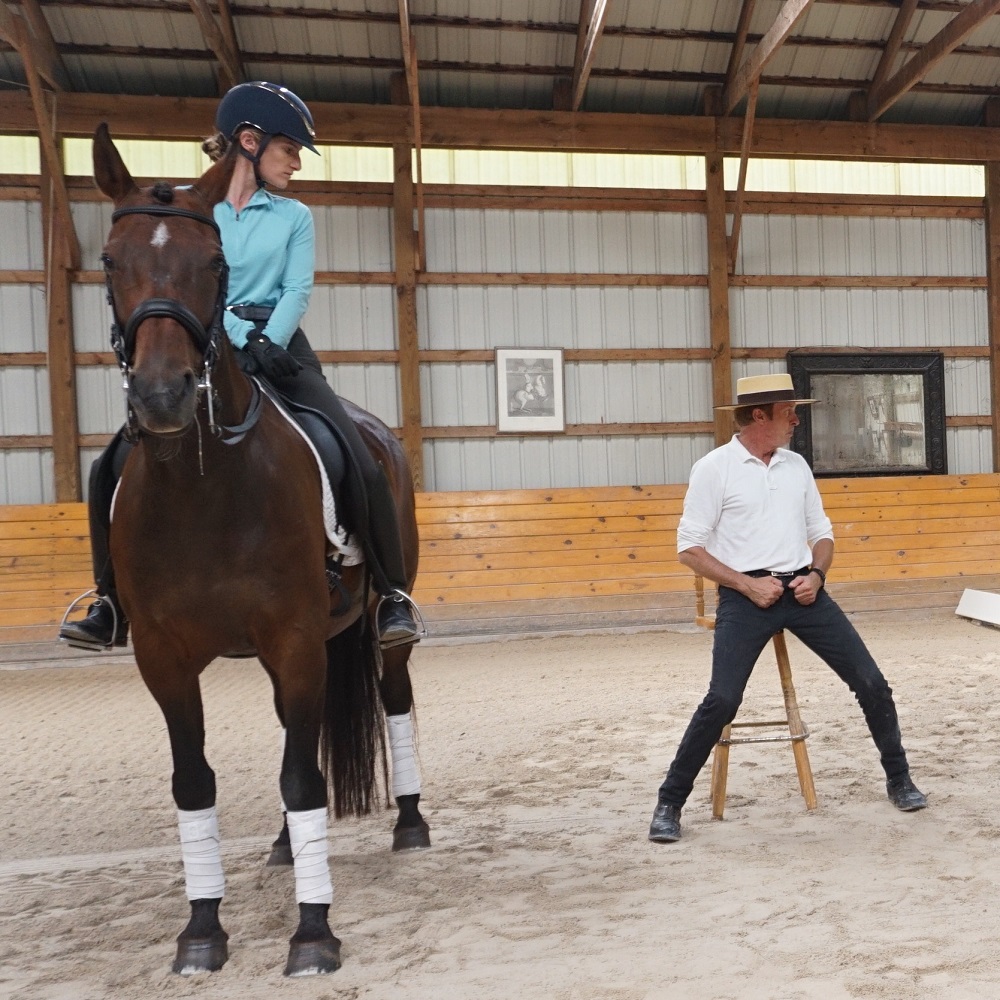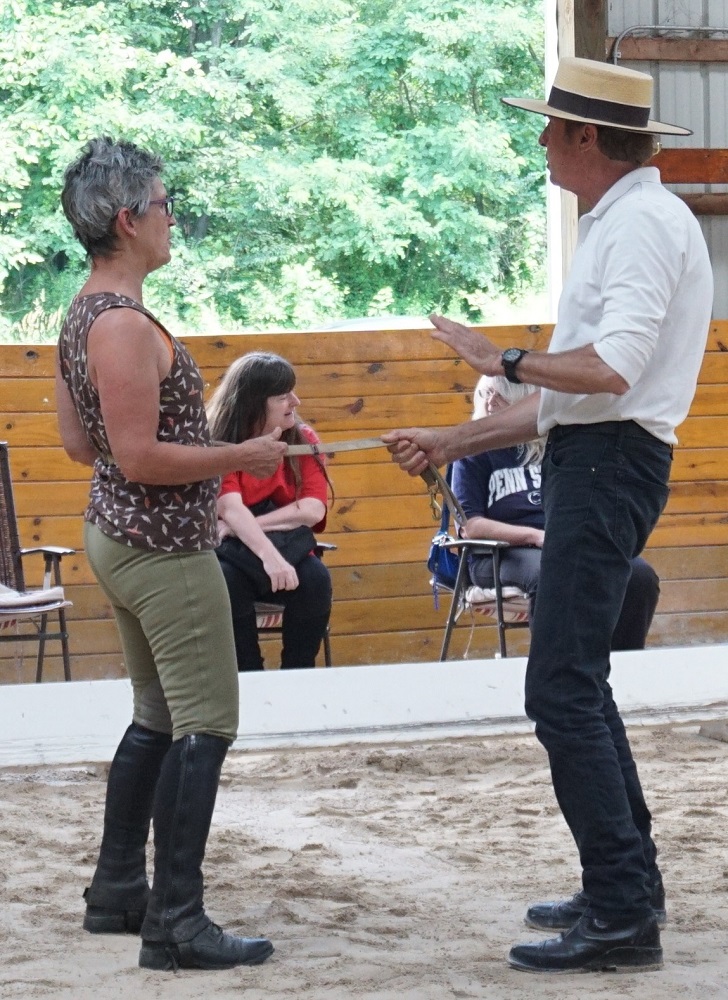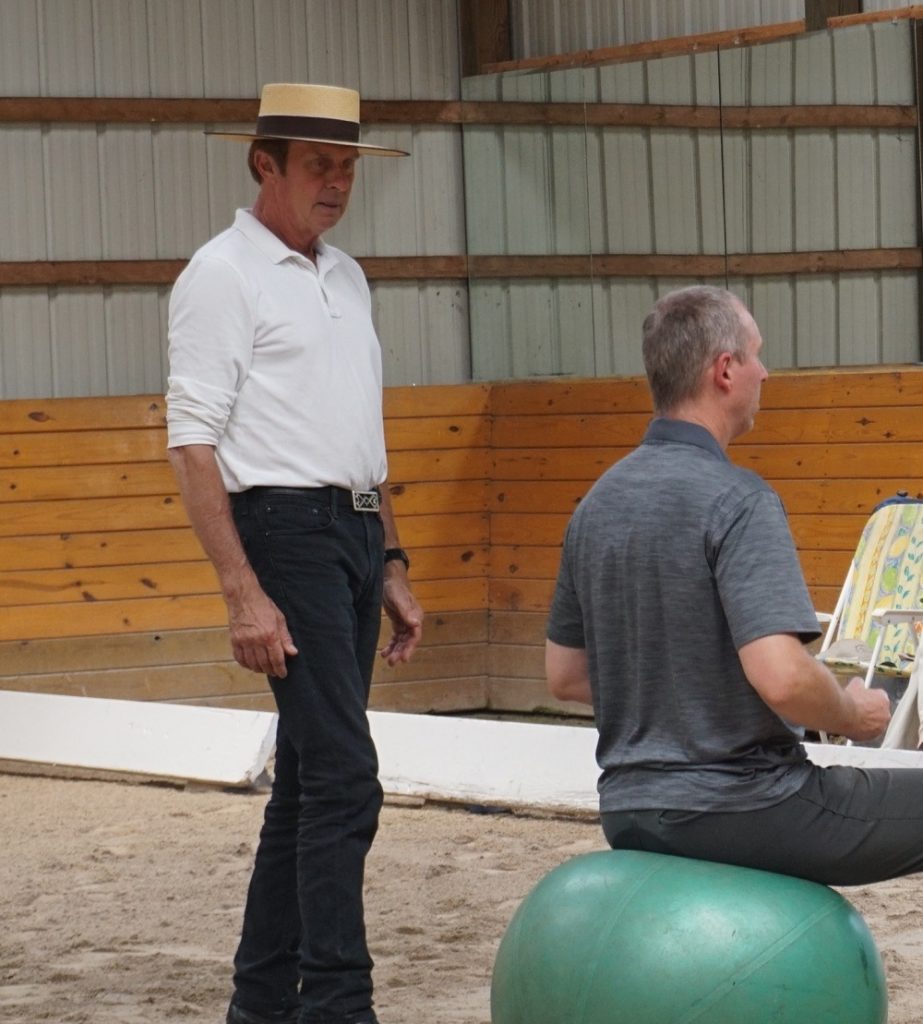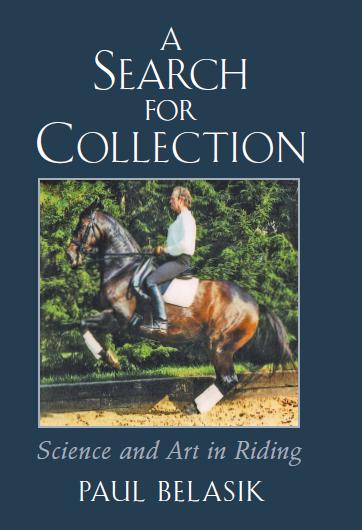- All
- Andalusian
- Announcements
- Articles
- Blog
- Books
- Clinics
- Dressage
- History
- Horse Magazine
- Horses
- Internship
- Lectures
- Lessons
- Lost Hollow Farm
- Merchandise
- Podcasts
- Reviews
- Sales
- Training
- Wisdom
Notes on Tempi Changes – With Video
Here we see Rose and her Hanoverian Sparrow practicing one-tempis flying changes. When you start training and practicing flying changes, your horse probably knows shoulder in, haunches in, all the lateral work. It knows to move over from the leg aids. If you continue to use strong lower legs you will almost certainly get crooked changes. You must teach the changes off of your hips and seat. The horse follows the rider's hips like a child skipping in a straight line. One of the reasons straight changes are so important is that they can be proof of the horse and rider's connection through the back and seat, and not a trick off the cue of heel and spur.New Article: Notes on Piaffe
Judging from my mailbox, dressage riders seemed perplexed about how competition judges are currently evaluating some horses’ piaffes at the international level. What is high quality and what is faulty? In this article, I will address two major faults in piaffes of popular riders that have appeared in recent performances, and seem to be confusing viewers.Recap: Rider Position Lecture/Demo
Our latest lecture/demonstration event at Lost Hollow Farm was an in-depth, practical look at effective use of correct rider position.
Search for Collection in paperback from Crowood Press
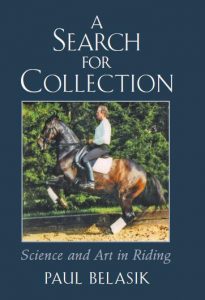 Just released in 2018! At the core of this book is a series of 'state of the art' experiments in which the author participated, designed to establish whether certain classical ideas about true collection could be scientifically proved.
Just released in 2018! At the core of this book is a series of 'state of the art' experiments in which the author participated, designed to establish whether certain classical ideas about true collection could be scientifically proved. Short Course Openings, Clinic Available September 15/16
Have you been dreaming about coming for a short course to study with us to improve your riding position and technique, further your understanding of theory, and observe firsthand horses in training from green to Grand Prix?

